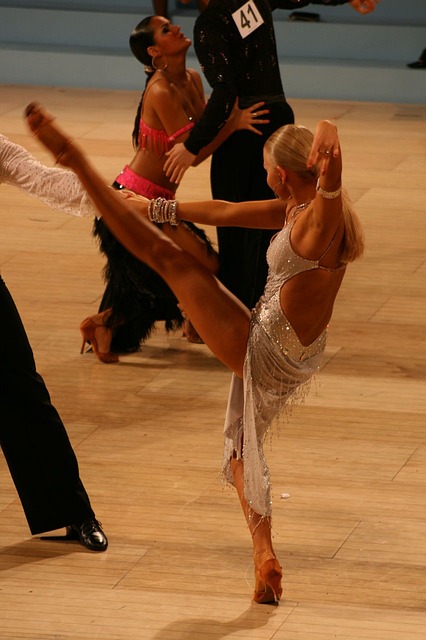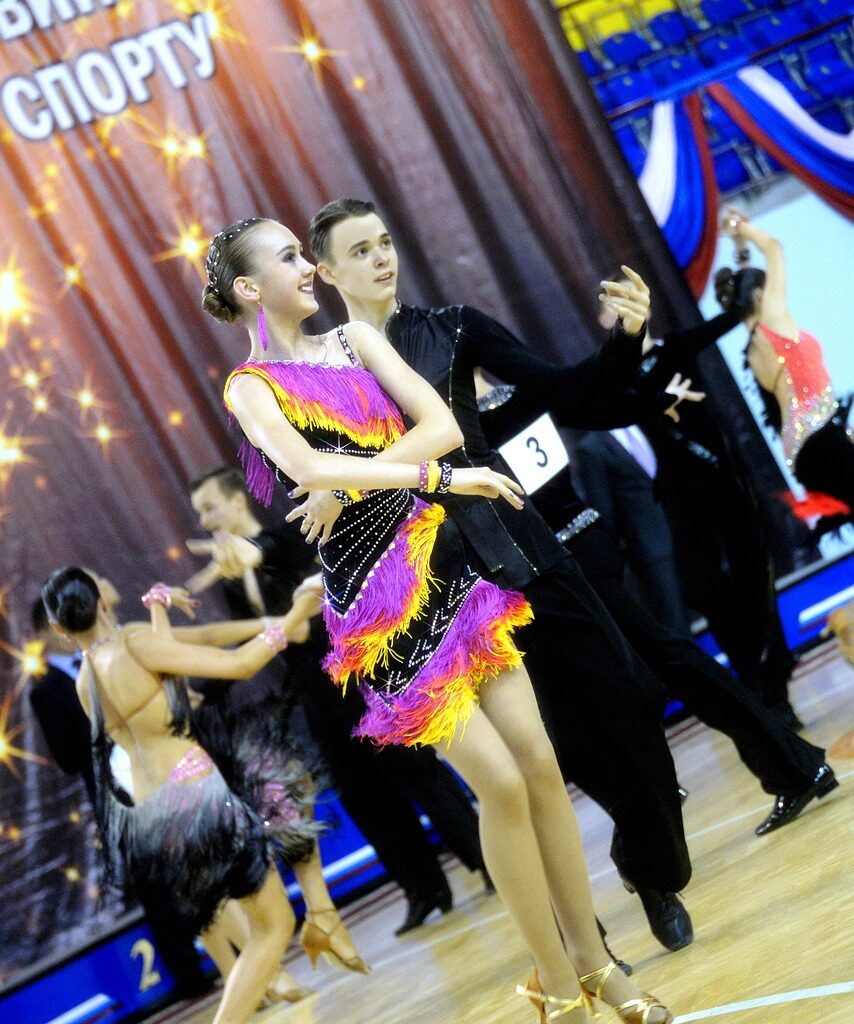Some things hold on to their ageless charm and allure in a world that is ever changing. Ballroom dancing is a centuries-old art that showcases passion, elegance, and tradition. Ballroom dance is a captivating and enduring art form, showcasing grace and grace from its humble beginnings to its ongoing global success.
Continue reading to see the evolution of ballroom dancing.
What is Ballroom Dancing?
Ballroom dancing is a partner dance that is performed for social or competitive reasons at banquet halls and other dance locations. It includes various dances, each with its style, personality, and soundtrack. Partners dance together and move in unison, usually according to established routines and patterns.
An article by Dancing Fads, a dance studio in Durham, says, “It is characterized by formal, structured movements and is danced to traditional ballroom music.” Ballroom dancing is a distinctive kind of expression. It encourages creativity, unity, and communication while providing an exceptional opportunity for people to interact with music.
History
Ballroom dance has a rich and varied history that goes back ages and countries, much like the dances themselves. Originating in Renaissance Europe, ballroom dance developed during the 18th and 19th centuries, embracing other styles and cultures. Latin American dances emerged in the 20th century, while dance books and etiquette guides gained popularity during the Victorian era.
An article by Fred Astaire Dance Studio, a ballroom dance franchise chain of studios in the United States and Canada, says, “The history of ballroom dance can be traced back to the 16th century in Europe, where it was primarily a social activity for the upper class. However, it wasn’t until the 19th century that ballroom dance began to be formalized and Standardized.” Through the joy of dance, ballroom dancing unites individuals across cultures and symbolizes elegance, grace, and social connection.

Competitions
Competitive ballroom dancing, sometimes called “DanceSport,” is a fast-paced, exciting activity that blends grace, endurance, and technique. Competitive ballroom dancing has several styles and classifications, including International Standard and International Latin. Dancers advance via age-specific divisions and levels.
Technique, musicality, choreography, and presentation are all assessed by the judges. Presentation and costumes are extremely crucial. Dancers must go through intense physical fitness, practice, and instruction. International regulators oversee competitions like the International Open Championships and the Blackpool Dance Festival.
Conclusion
Through social and competitive performances, the ballroom dance style—a globally varied art form—has developed over time, encouraging collaboration, skill, and expression. It brings people together in a celebration of life and love with its exquisite footwork, elegant motions, and expressive expression. It also fosters communication, teamwork, and friendship.
To see more music and art articles, visit Ferry Godmother Productions.

